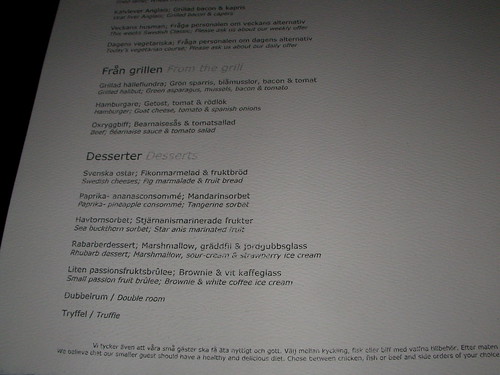I read an interesting comment on Jeff Pulver’s blog tonight about Internet TV:
“Seems to me that this is a classic long tail play. The long and simple of it.”
The context of the comment led me to write this quick blog post. The Long Tail is a great play if you’re an aggregator. If you own the network, if you own all the content or the distribution channels, if you own the database, the Long Tail is a payday because it’s one person to a million items over and over, instead of ten thousand people to one item.
The Long Tail is, as Seth Godin proclaims somewhat loudly and quite correctly in his new book, The Dip, a death sentence for the individual. There is only one you, and only 24 hours in your day. If you try to create as much content as possible to capture a Long Tail-esque traffic surge to your properties, you’re going to die tired.
The Short Head – be #1 at SOMETHING – is the only place where the individual truly prospers, unless you’re in charge of the network. If you’re Osama bin Laden, the Long Tail works for you because there’s an unending supply of angry young men who are more than willing to die for the cause, but there’s still only one bin Laden. Lots of deputies may run the franchises, but there’s only one CEO.
To answer Kfir’s question – why aren’t more people watching? Simple (reminder, simple != easy) Long Tail quagmire: with a million channels on, how can you even find something to watch? Who is the Short Head of TV Guides for Internet video that can connect the average TV viewer with new media? When that guide becomes available and is easy to use, integrated with the living room instead of the desktop, Kfir’s mom will probably tune in.






